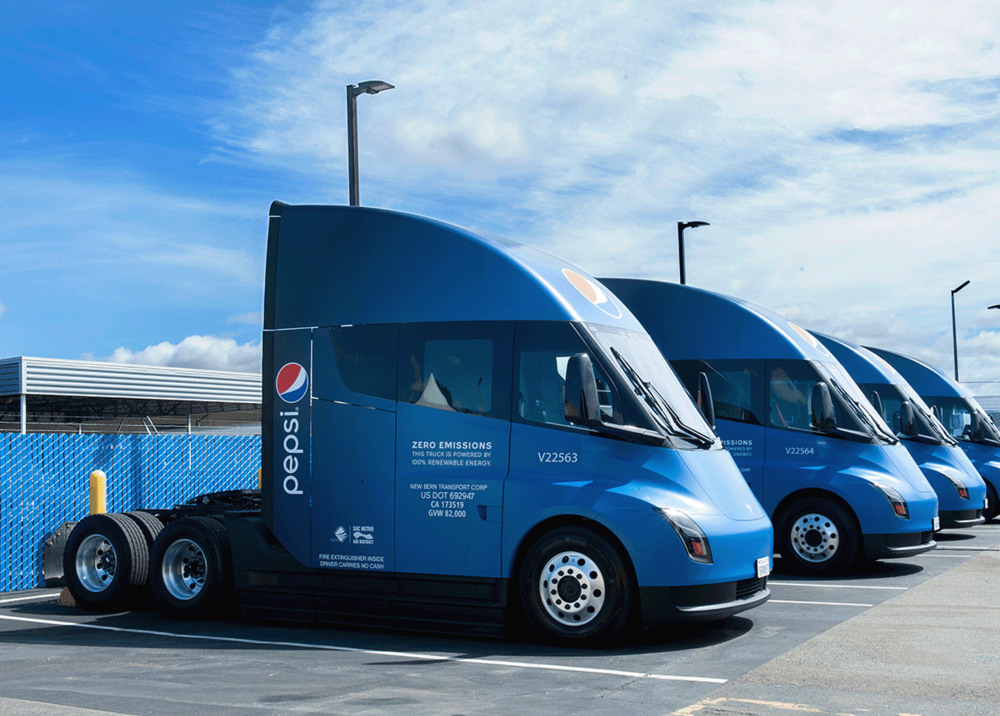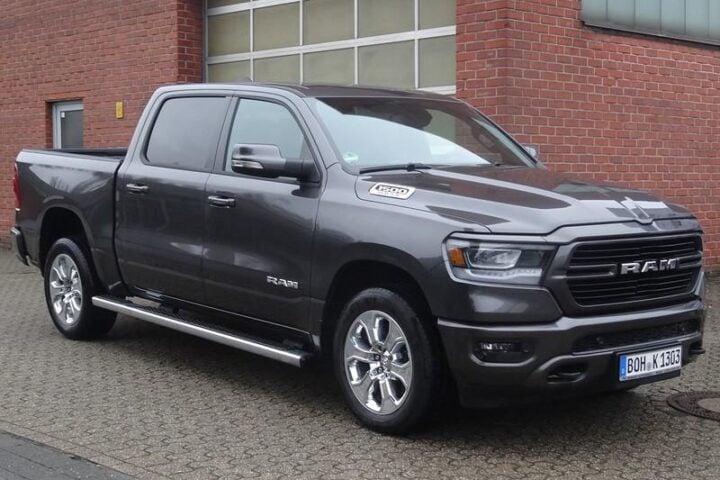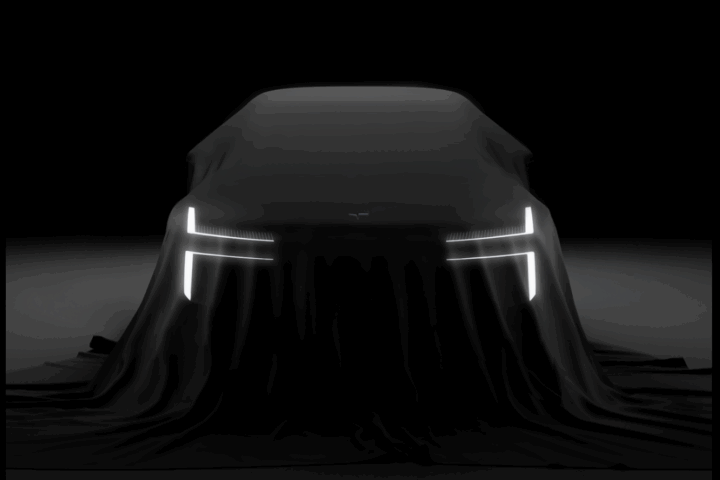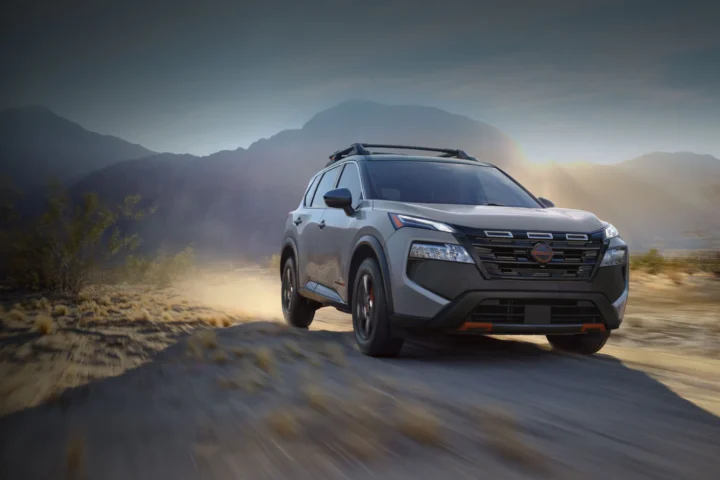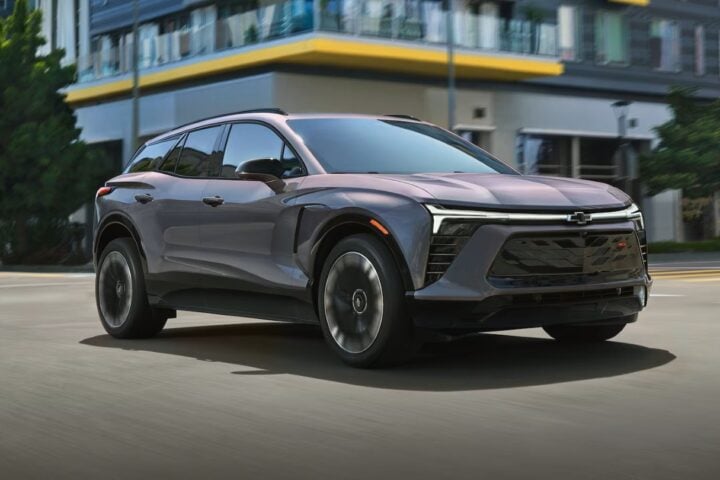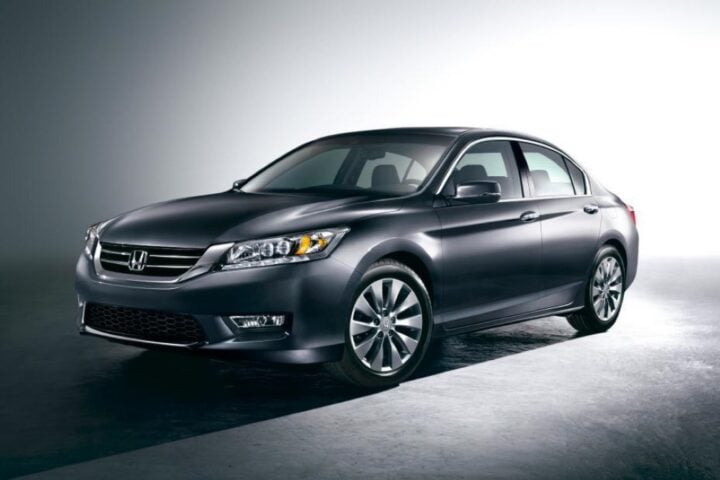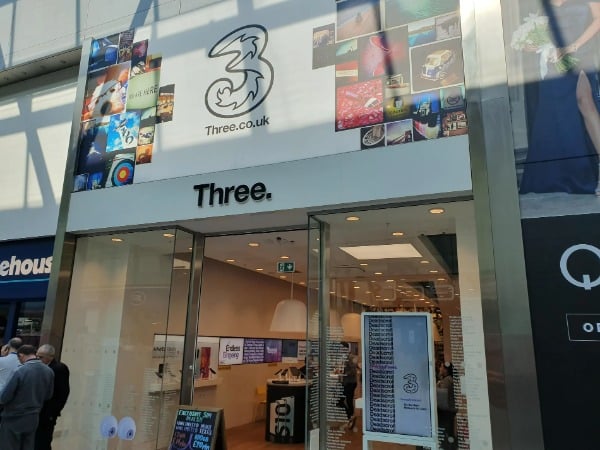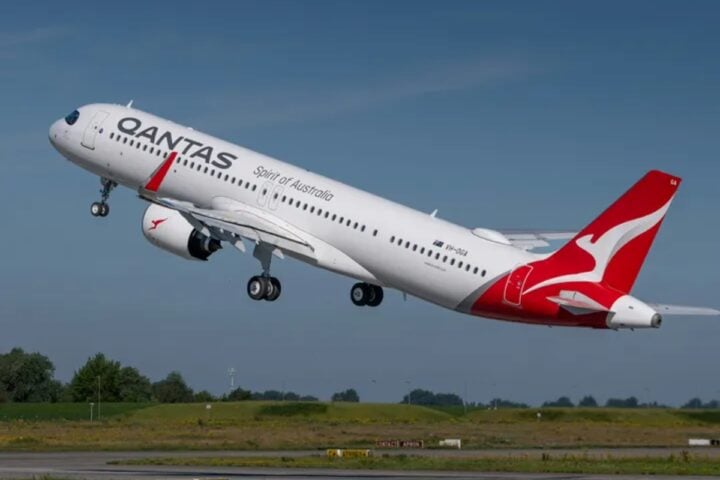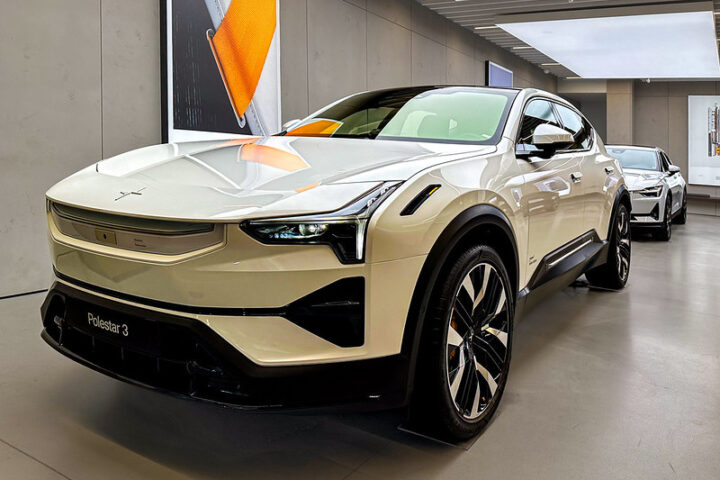The recent performance of Tesla’s Semi has ignited a nuanced conversation about the future of electric trucking. The truck, participating in the “Run on Less” event orchestrated by the North American Council for Freight Efficiency (NACFE), showcased a blend of endurance and efficiency, navigating through the rigorous two-week test with notable results.
PepsiCo, a global player in the food and beverage industry, piloted the Tesla Semi, which remarkably traversed 1,076 miles in a single day, punctuating its journey with three succinct fast-charging sessions. The truck, operating with a gross vehicle weight surpassing 70,000 pounds for 60% of the journey, nudged close to the industry’s 82,000-pound limit, thereby aligning itself with the logistical norms of the freight industry.
Amanda DeVoe, steering PepsiCo’s fleet transformation and strategy, articulated satisfaction with the Semi’s performance, emphasizing its coherence with the company’s operational modus operandi. The Semi, with its ability to cruise approximately 400 miles per charge and rejuvenate up to 80% battery life within a 45-minute charging window, demonstrated a practical application in real-world logistics, especially considering the substantial size of its onboard battery pack.
However, the narrative extends beyond mere mileage and charging efficiency. The event, which meticulously tracked 22 trucks across North America, evaluating various metrics including charging infrastructure, truck performance, and ownership costs, unveiled a broader perspective on electric trucking’s viability and the intrinsic challenges it faces.
Tesla’s Semi, while outperforming its electric competitors from Freightliner and Volvo in terms of daily mileage and on-road uptime, still navigates through a landscape dominated by traditional diesel trucks. The electric truck, despite its impressive single-day mileage and charging capabilities, is juxtaposed against the robust, time-tested reliability and expansive service networks of established truck manufacturers.
Similar Posts
The industry, steeped in conventional practices and diesel-dependency, observes Tesla’s endeavors with a blend of skepticism and curiosity. The Semi’s performance, while noteworthy, is a single thread in the intricate tapestry of freight logistics, where factors such as initial purchase costs, maintenance, and charging infrastructure play pivotal roles in shaping purchasing decisions.
Moreover, the operational dynamics of various trucking companies introduce additional layers to the discourse. While Tesla’s Semi, with its long-distance distribution capabilities, emerged triumphant in the recent test, other manufacturers, focusing on regional stops with more frequent deliveries, presented a different use-case scenario. This divergence in operational strategies underscores the necessity for a diverse electric trucking ecosystem, catering to varied logistical requirements.
The event also nudged the industry towards a subtle yet significant revelation regarding charging strategies. The emphasis shifted from sheer range per charge towards the strategic incorporation of mid-shift charging, potentially enabling carriers to opt for smaller, more economical batteries without compromising operational efficiency.
Tesla, while carving out a niche with its Semi, is still in the embryonic stages of scaling its production to match the output of trucking giants like Freightliner and Volvo. The company, despite its technological prowess, is tasked with the challenge of weaving itself into the fabric of an industry where trust is earned through years of reliable service and robust performance.
In a landscape where regulatory frameworks are gradually pivoting towards sustainability, Tesla’s Semi has indeed stirred the waters of the electric trucking domain. The real-world test, while validating certain operational aspects of electric trucking, also subtly highlights the multifaceted challenges and diverse needs of the freight industry.
